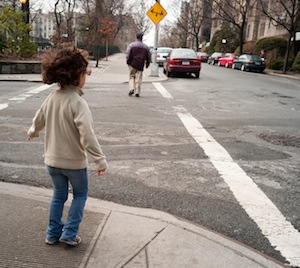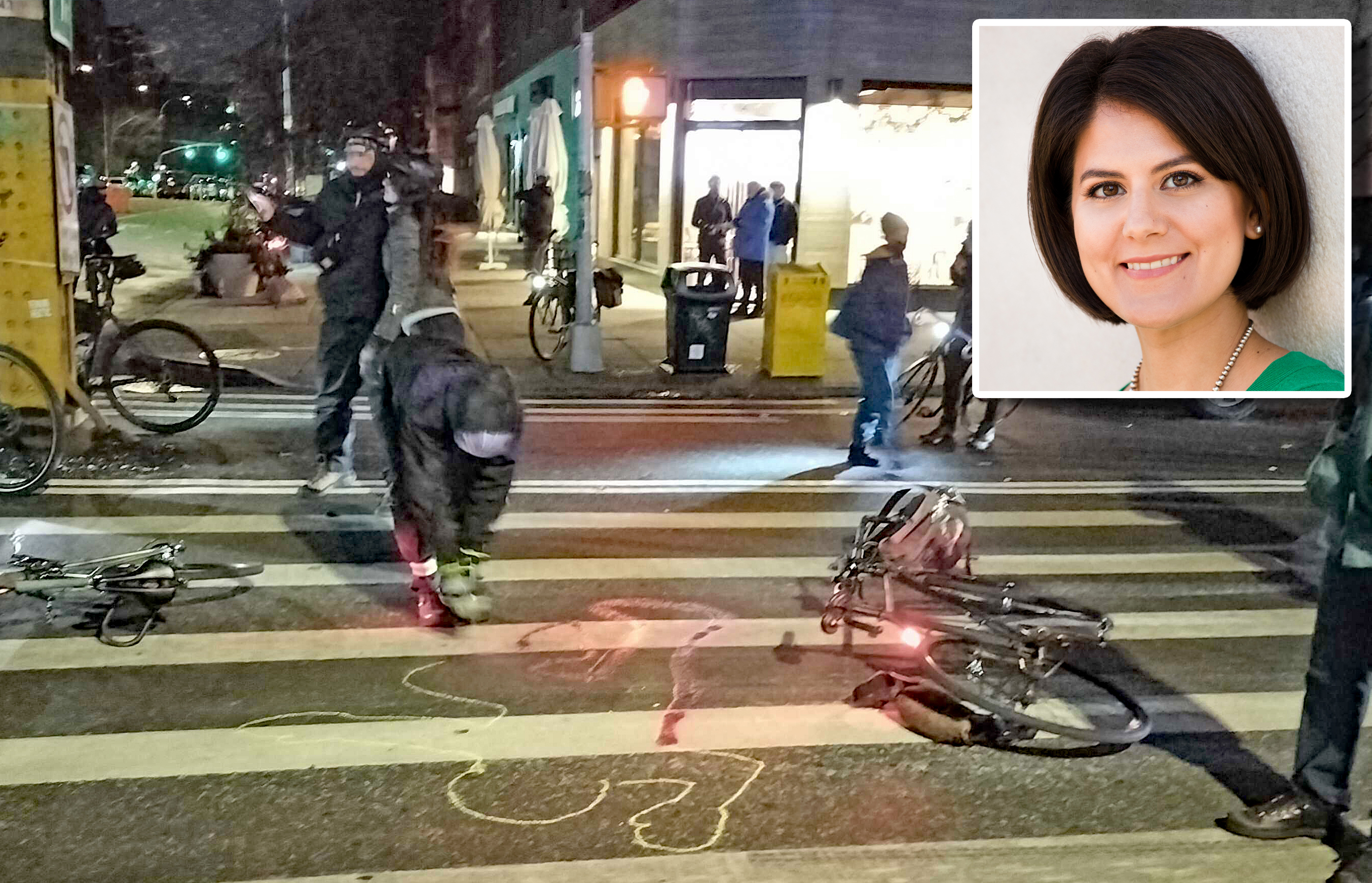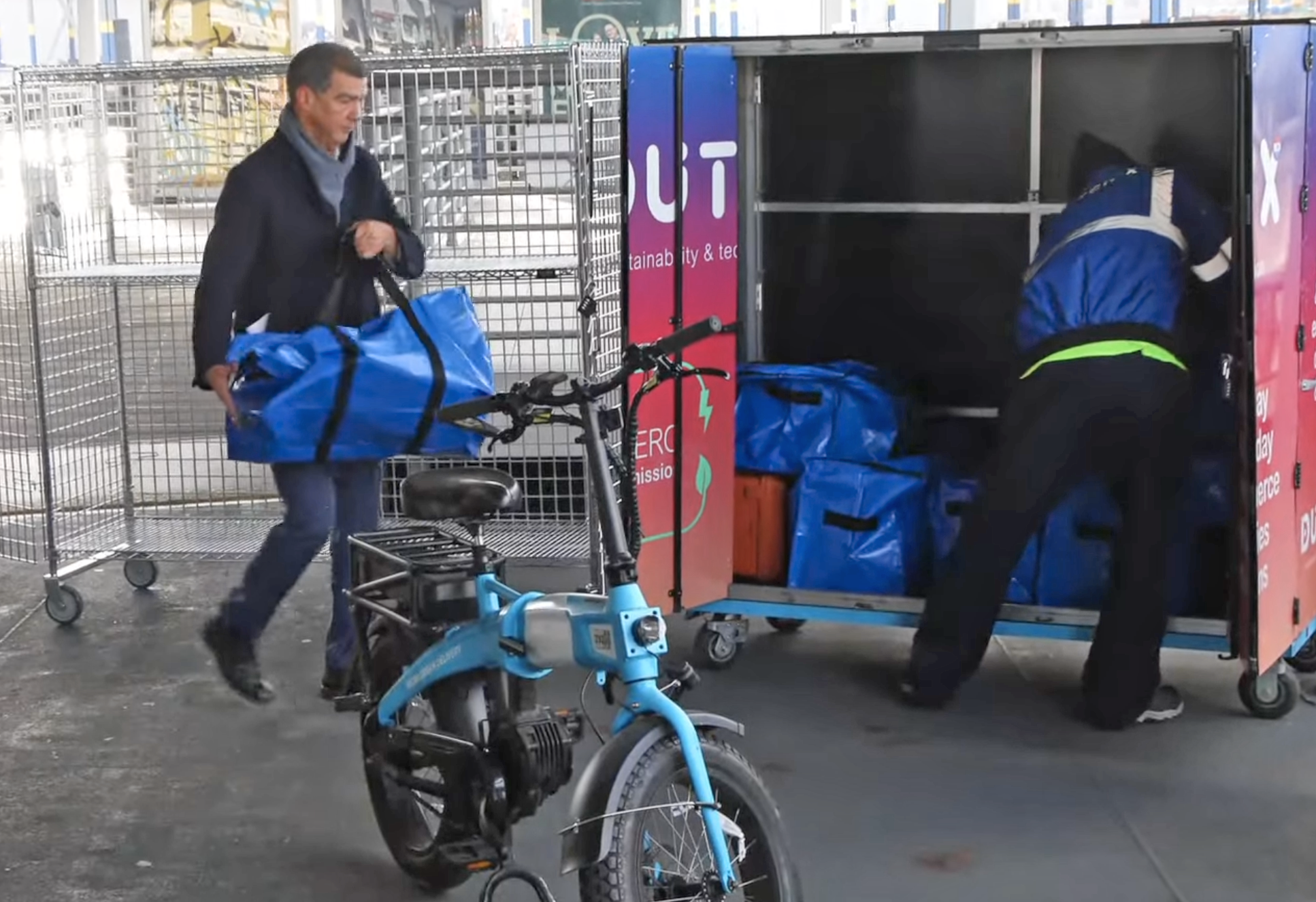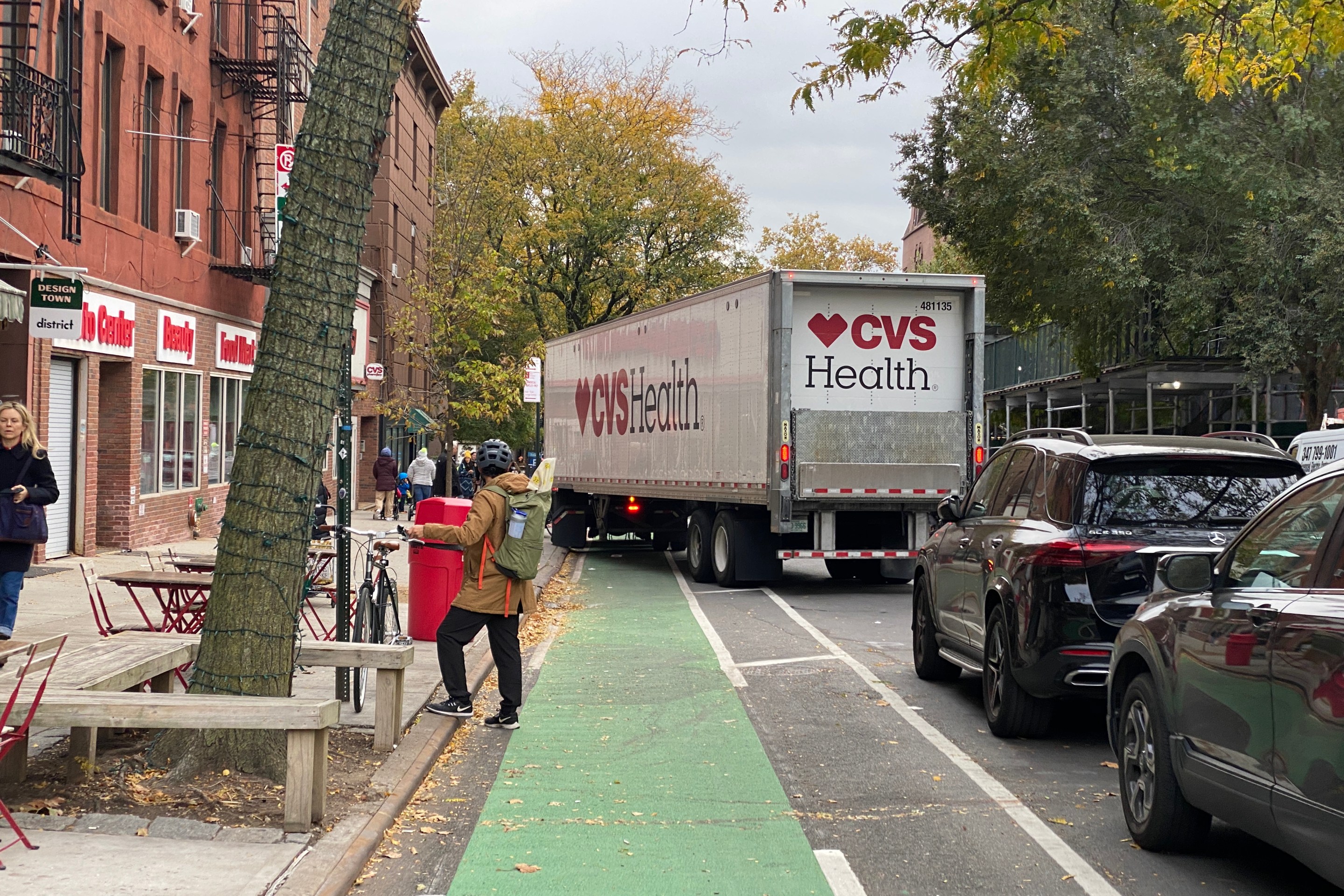Traffic injuries to school-age kids are down by a third in areas of New York city that received safety improvements like crosswalks and curb extensions as part of DOT's Safe Routes to School program, according to new research, while kids walking in areas without the enhancements did not see such pronounced safety gains.

The study, conducted by Columbia University public health researchers and published in the journal of the American Academy of Pediatrics, provides solid empirical footing for continued expansion of pedestrian safety initiatives.
"The pedestrian injury rate is a major public health issue for children," said Dr. Guohua Li, who co-authored the study. By focusing the bulk of its effort on fixing pedestrian safety hotspots, New York City's SRTS program "has achieved something that other interventions tried but could not achieve for many, many decades," he said. "I think that's really remarkable."
"The New York City Department of Transportation has somewhat of a unique arrangement," explained Margo Pedroso, deputy director of the Safe Routes to School National Partnership. Because the state agreed to give the city more control over its SRTS program, she said, "they were really able to target focused on safety."
Youth pedestrian injury rates are falling citywide, Li noted, but by drilling down to the times and places where students can benefit from SRTS interventions, the researchers were able to cut through the noise to see if the program has had an impact.
NYC DOT launched its SRTS program in 2004, influenced by Transportation Alternatives' "The Bronx Safe Routes to School" initiative. By 2009, 30 schools had received SRTS interventions, such as new crosswalk markings, or capital projects like sidewalk extensions at intersections. Using crash data provided by the city, researchers compared before-and-after numbers from these 30 schools with areas that were not selected for SRTS.
The study found that while safety improvements around schools benefit everyone -- pedestrian injuries near SRTS schools dropped 14 percent for those outside the school-aged demographic (5- to 19-year-olds) -- the biggest beneficiaries were kids, especially during the busy hours when they go to school and depart, from 7 a.m. to 9 a.m. and from 2 p.m. to 4 p.m. during the school year. After interventions had been installed, the injury rate for school-aged pedestrians near participating schools dropped by a third, and by a staggering 44 percent during school commute hours. Meanwhile, youth pedestrian injuries during these hours outside of SRTS locations remained unchanged.
The authors wrote that "the SRTS program in New York City has contributed to a marked reduction in pedestrian injury in school-aged children." If expanded to all of the city's 1,471 schools, Safe Routes to School improvements could prevent 210 injuries each year, they concluded.
"It's the one study that makes a direct link between Safe Routes to School improvements and child injuries," Pedroso said, adding that this research will be useful in convincing state DOTs to fund their own SRTS programs.
"I wish I had this study a year ago," Pedroso added. MAP-21, the federal transportation bill passed in June, made SRTS an optional funding category, replacing the previous practice of requiring states to dedicate funds to SRTS programs.





